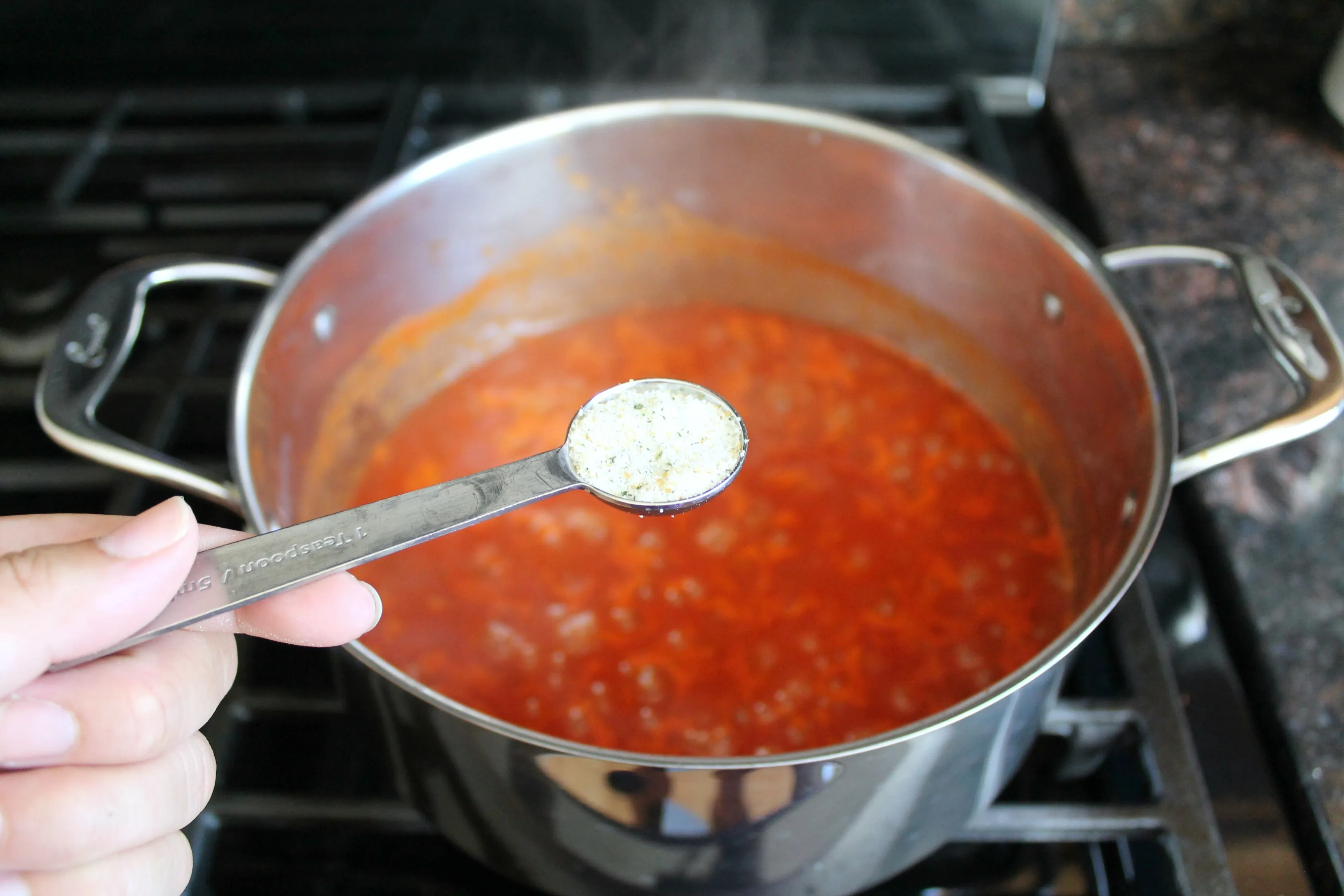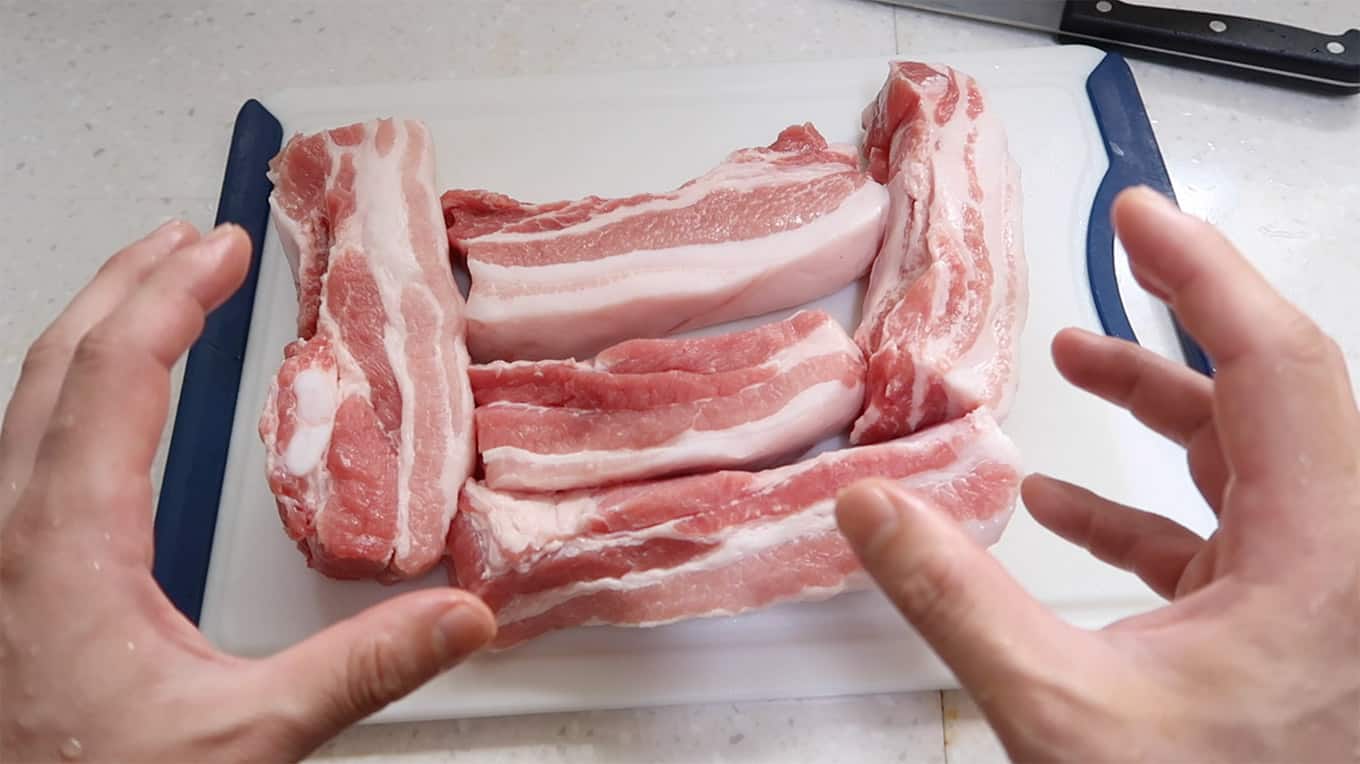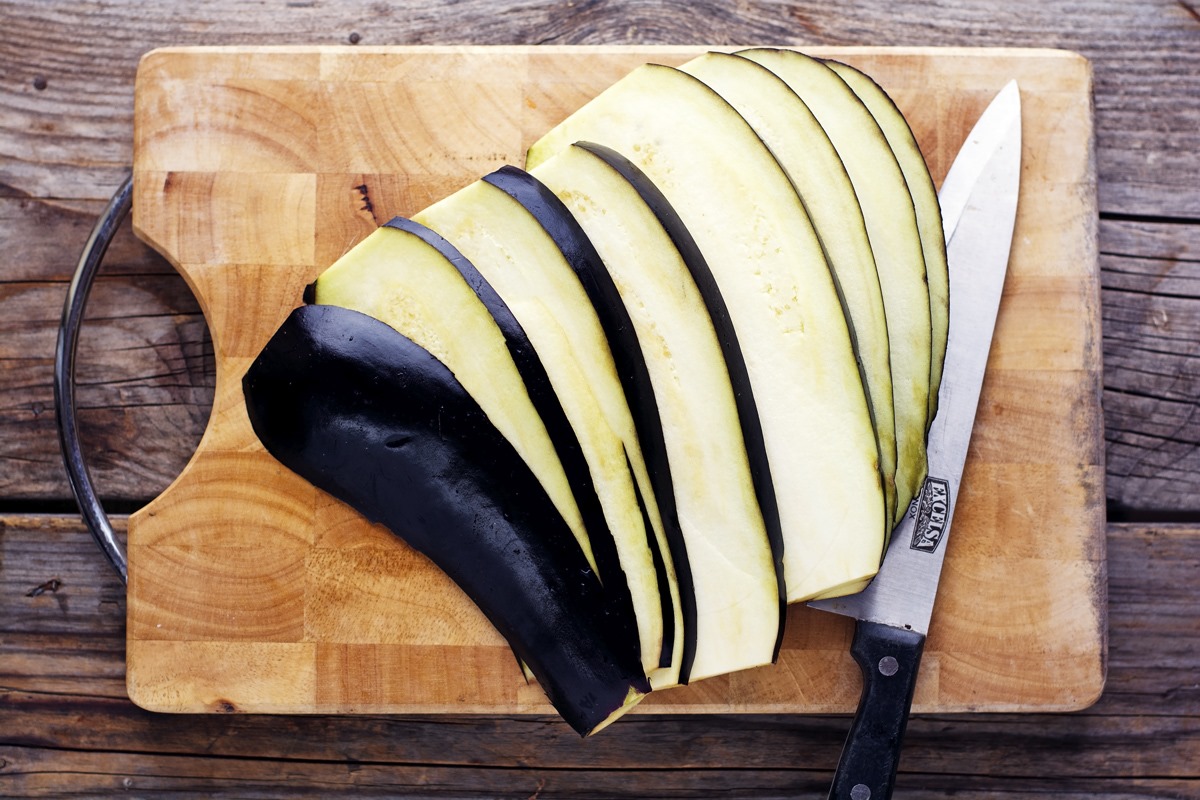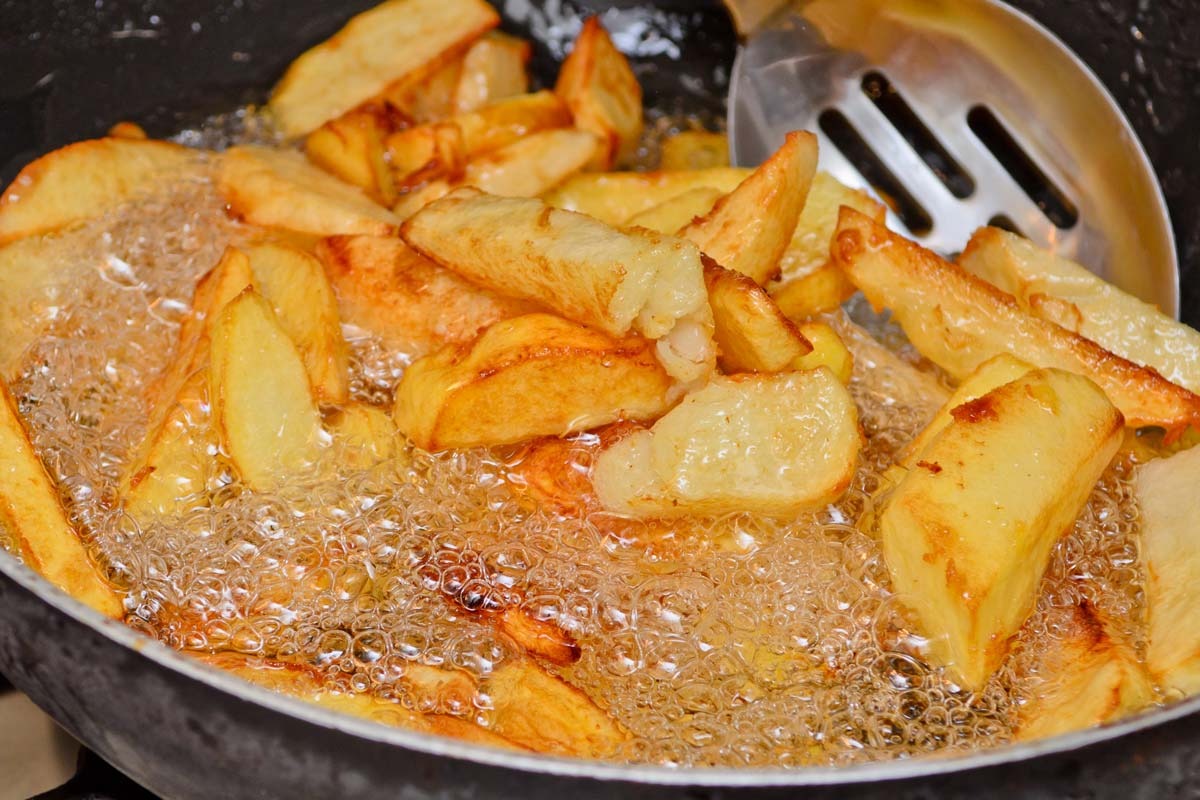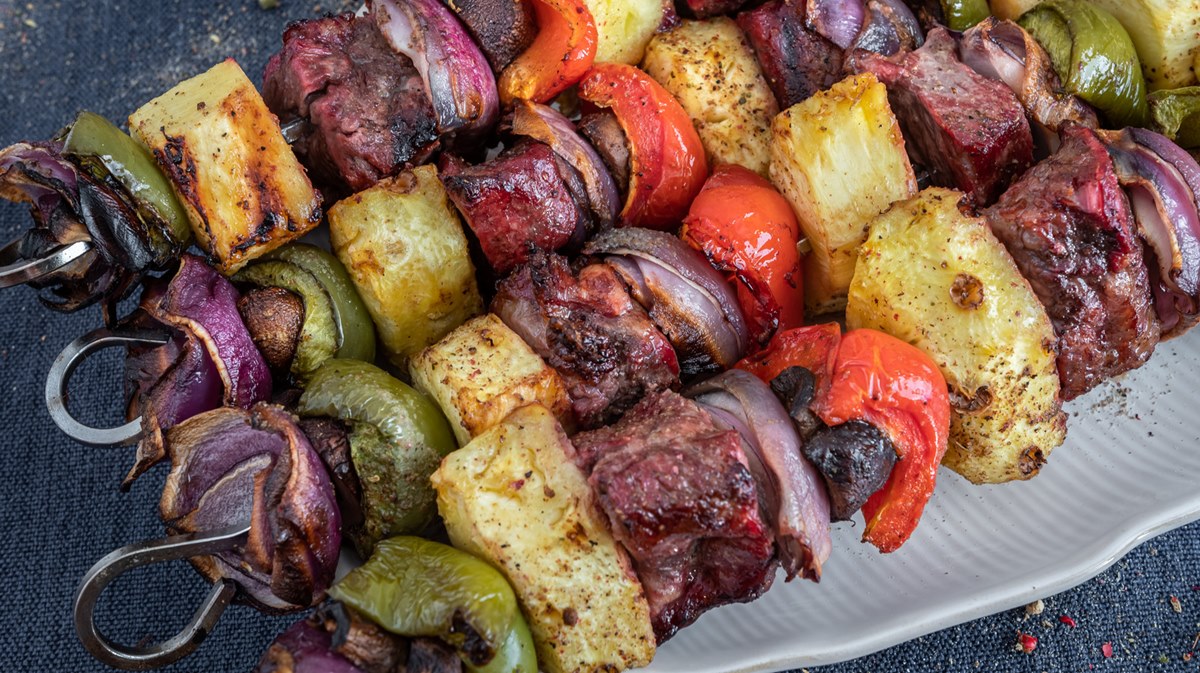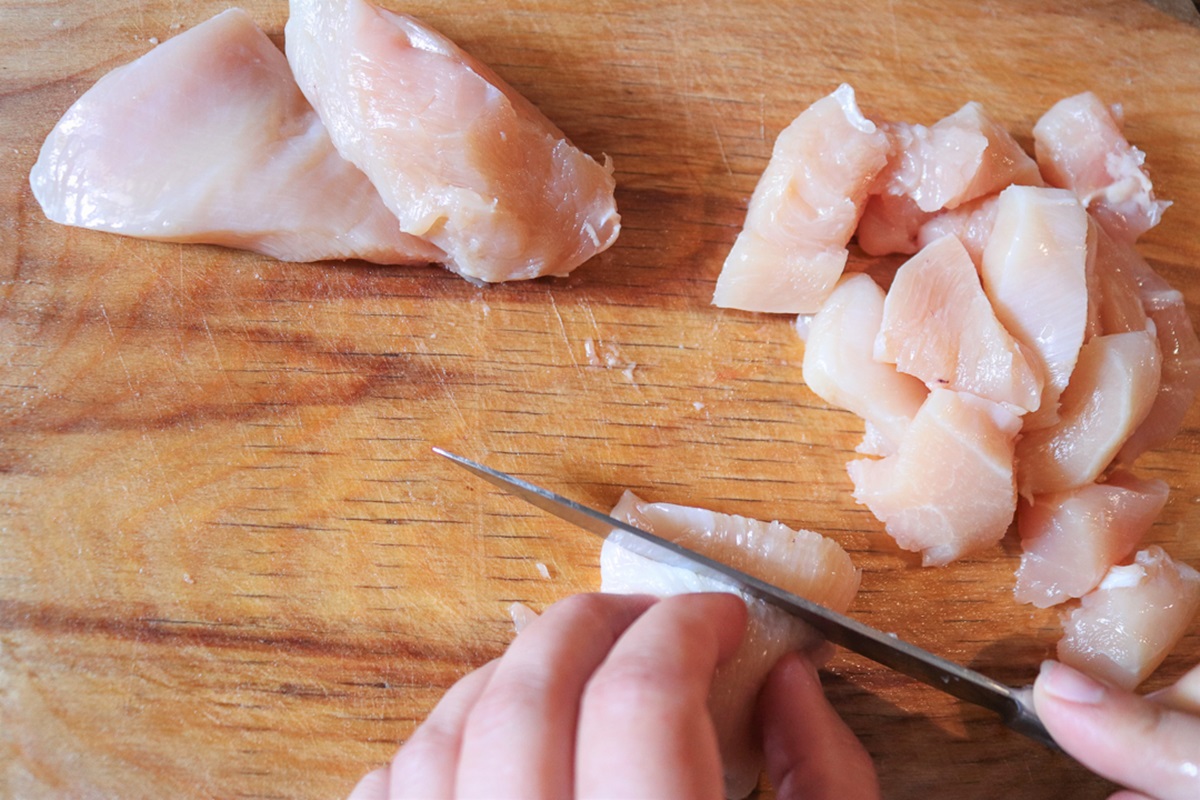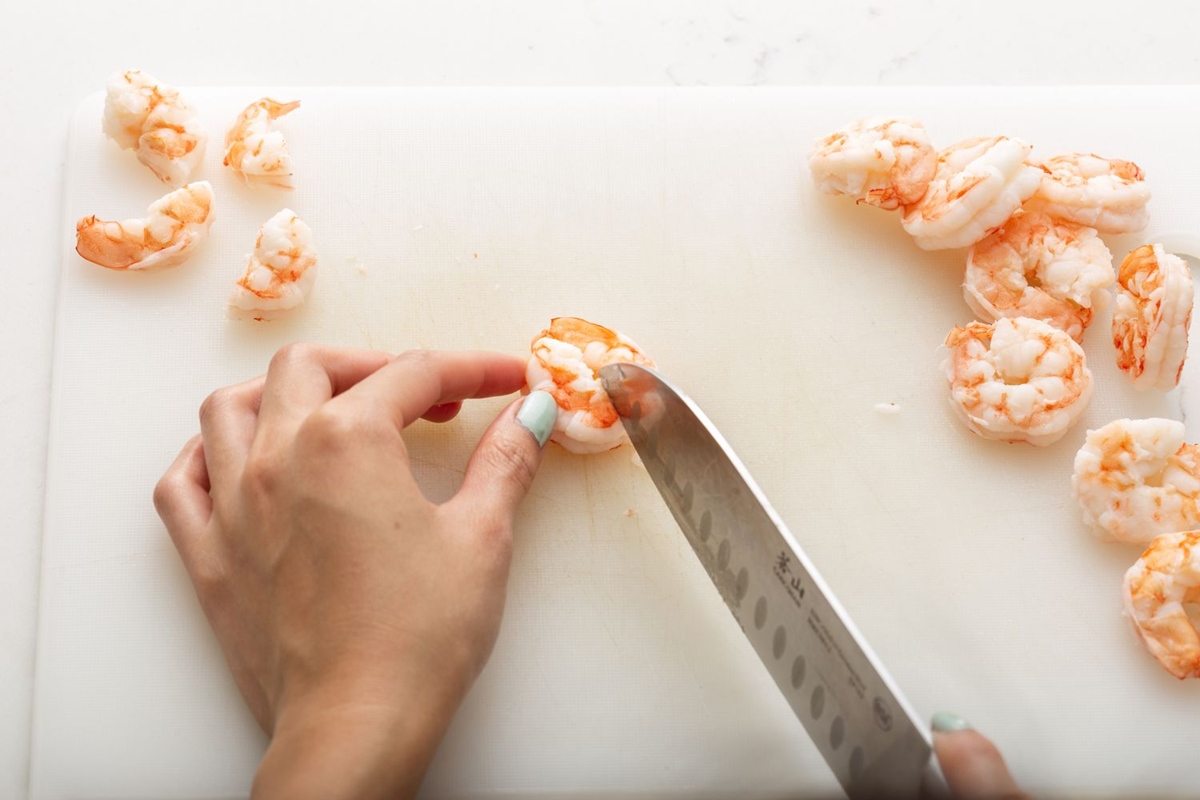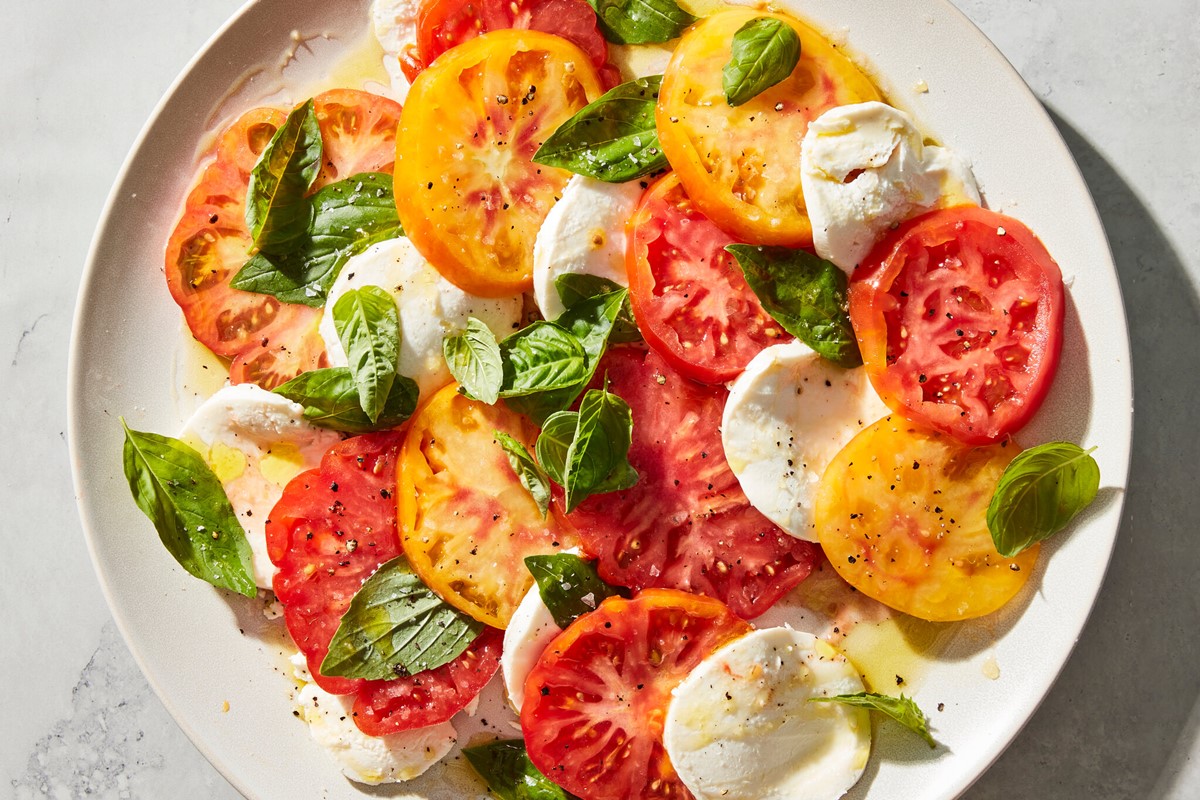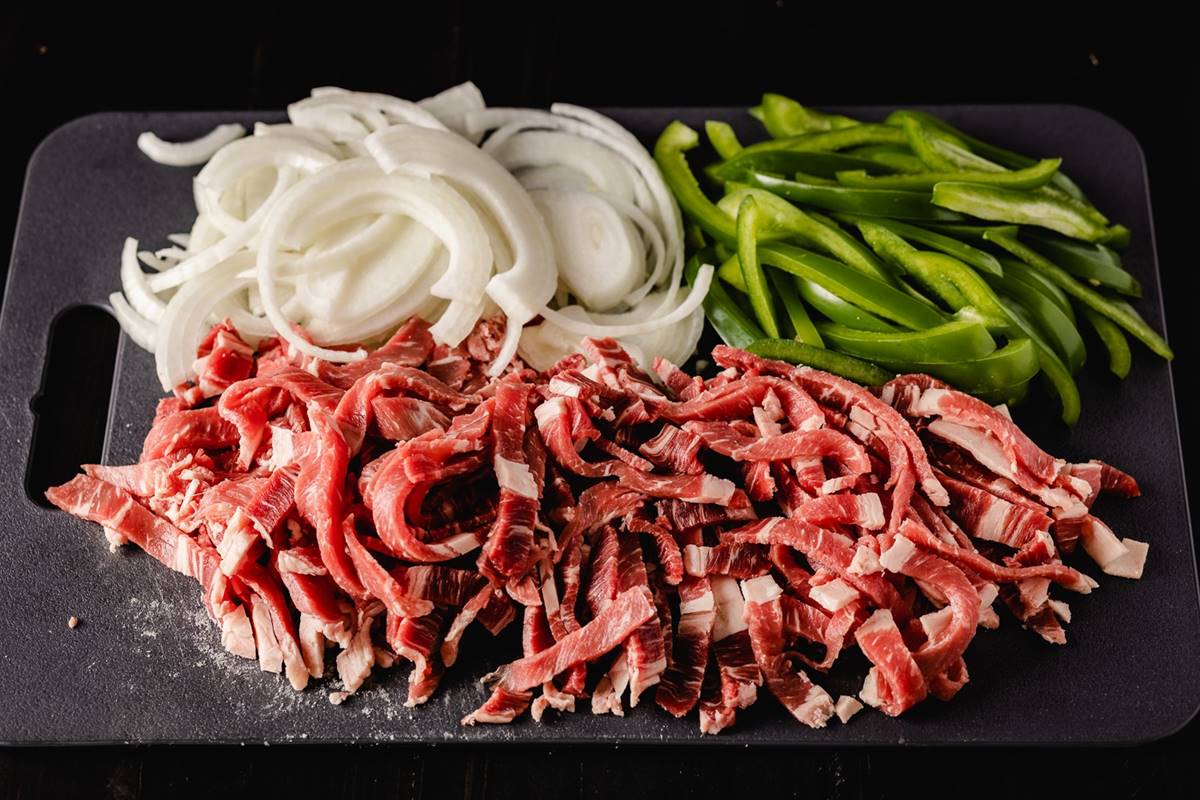How To Cut Cod For Fish And Chips
Preparing the perfect cod for fish and chips starts with proper cutting techniques. Whether you’re a seasoned chef or a home cook, here’s a step-by-step guide on how to expertly cut cod for that crispy, golden-brown fish and chips you crave.
1. Start with Fresh Cod
When it comes to fish and chips, using fresh cod is key. Look for cod fillets that are firm, shiny, and have a mild oceanic smell. Choose fillets that are at least 1 inch thick, as they will hold their shape better during the frying process.
2. Gather the Necessary Tools
Before you start cutting the cod, make sure you have the right tools on hand. You’ll need a sharp chef’s knife, a cutting board, and a fish scaler or a spoon to remove any remaining scales from the cod’s skin.
3. Scale and Skin the Cod
If the cod fillets still have scales, use the fish scaler or a spoon to remove them. Hold the fillet firmly and scrape the scales off in a downward motion, starting from the tail and moving towards the head.
To skin the cod, make a small incision at the edge of the fillet, between the skin and the flesh. Grasp the skin with your non-cutting hand and use a sawing motion with the knife to separate the skin from the flesh. Repeat this process for each fillet.
4. Remove Any Bones
Inspect the cod fillets for any small pinbones that may have been left behind. Use a pair of clean tweezers or fish pliers to gently pull out any bones you find. Removing the bones will ensure a pleasant and safe dining experience for your guests.
5. Decide on the Cut
Now it’s time to decide how you want to cut your cod for fish and chips. Traditionally, cod for fish and chips is cut into rectangular or triangular-shaped pieces, commonly known as “fingers” or “chunks.” You can adjust the size of the cuts based on your personal preference.
6. Cut with Confidence
Place the cod fillet on the cutting board, skin-side down. Hold the fillet firmly with one hand, and using a sharp chef’s knife, make clean, decisive cuts perpendicular to the fillet. Remember to apply even pressure to ensure consistency in the size and thickness of your cuts.
7. Double-check the Size
After cutting the cod, assess the size of the pieces. They should be bite-sized and suitable for frying evenly. Adjust the size of your cuts if needed, making sure they are all uniform for consistent cooking time.
8. Rinse and Pat Dry
Once you’ve finished cutting the cod, rinse the pieces under cold running water to wash away any residual scales or bones. Gently pat the fish dry with paper towels to remove excess moisture.
9. It’s Time for Fish and Chips!
At this point, your cod is ready to be transformed into delicious fish and chips. Dip the cod pieces in a light batter, such as beer batter or a seasoned flour mixture, and fry them until they turn golden brown and crispy.
Now that you know how to cut cod for fish and chips, you can impress your family and friends with your culinary skills. Follow these steps, and you’ll be well on your way to enjoying a classic British dish that perfectly showcases the tender and flaky nature of cod. Happy cooking!
For those keen to master the art of cutting cod for fish and chips, there are several recipes that put this skill to good use. Fish and Chips with Tartar Sauce is a classic choice, offering a straightforward approach that lets the quality of your cut shine. For a twist, try Beer-Battered Cod Fish Tacos, where the thin, even slices of cod are perfect for a light, crispy batter. Crispy Cod Fish Sandwich is another great option, turning your well-prepped cod into a satisfying meal. If you want to keep things light, Baked Cod Fish Fingers use your slicing skills for a healthier yet delicious take. Lastly, Spicy Cod Fish and Chips adds a kick, making your perfectly cut cod the star of a bold and flavorful dish.
Was this page helpful?
Read Next: How To Cut Zucchini For Soup
